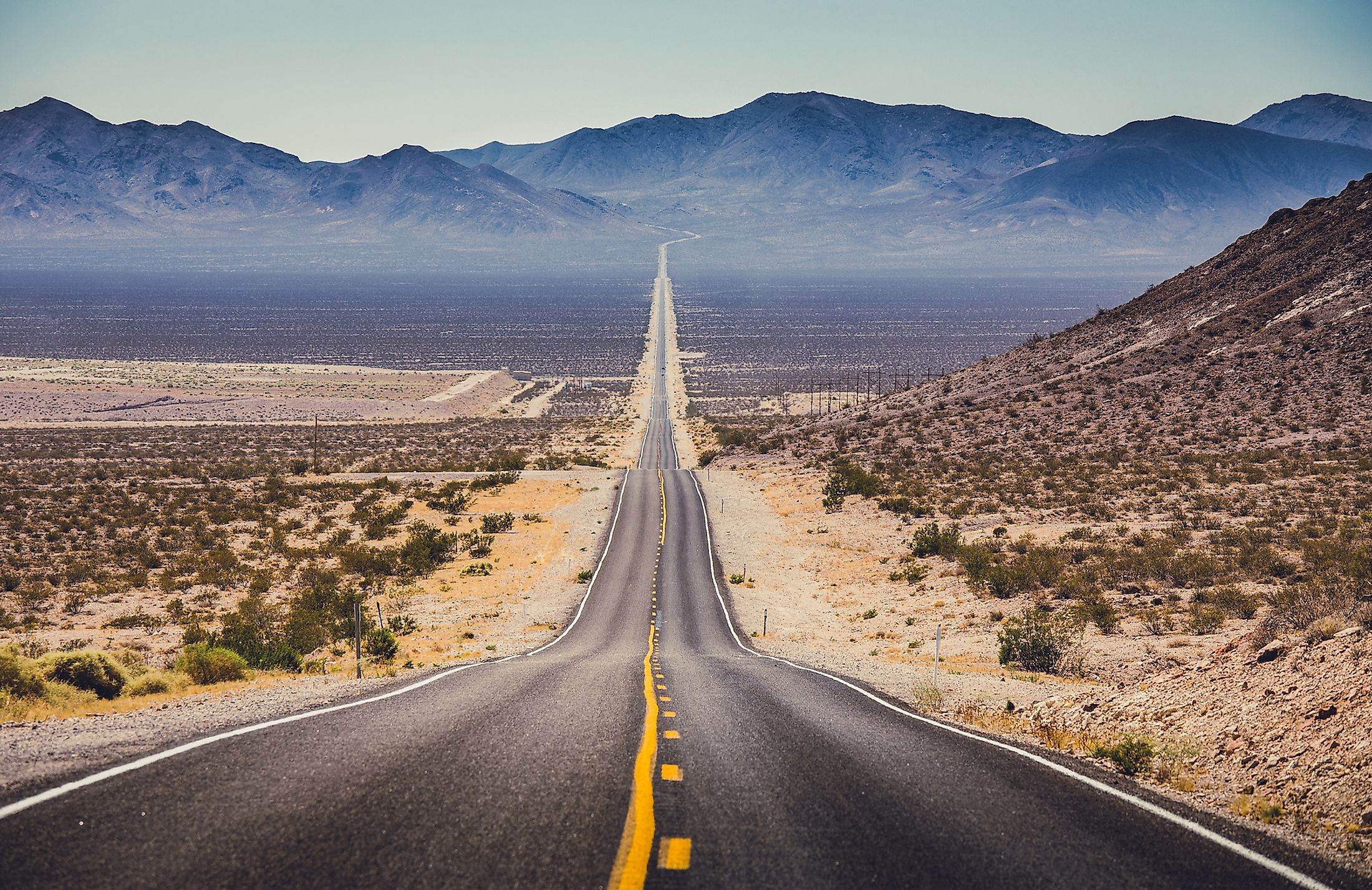
The Major Deserts Of The United States
There are four major deserts in the United States, collectively forming the North American Desert. Each of the Great Basin, Mojave, Sonoran, and Chihuahuan deserts are located in the Western United States, with the latter two dipping into significant portions of Mexico. They are categorized by having less than ten inches of precipitation in an average year. When one thinks of the term desert, a barren landscape may come to mind. However, all four of these regions challenge that notion with spectacular variety in the landscape and plant and animal species.
Chihuahuan Desert
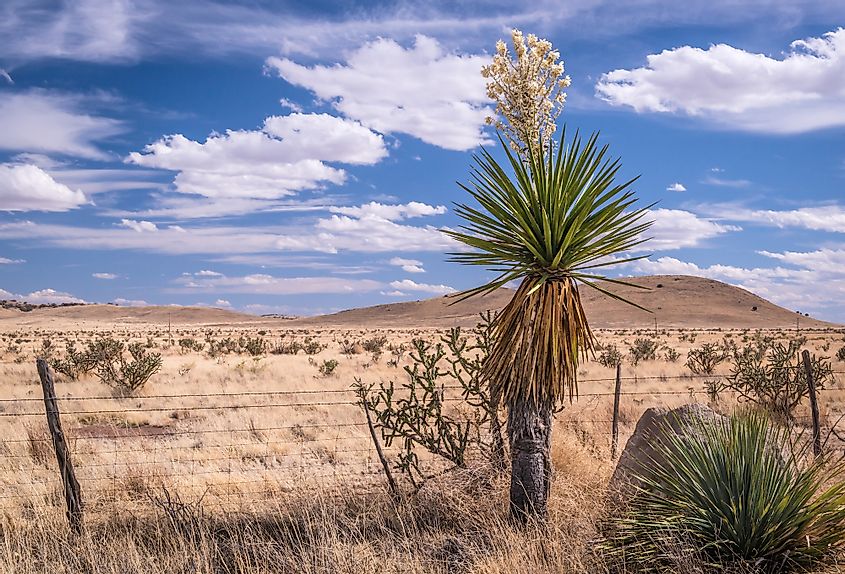
The Chihuahuan is the largest desert in North America, though the portion within the United States does not make it the largest desert in this particular country. The nearly 250,000 square-mile Chihuahuan Desert spans through Southern New Mexico, Eastern Arizona, portions of Southwest Texas, and then far South into Mexico's Central Highlands. The Sierra Madre Occidental borders the Chihuahuan Desert to the West and the Sierra Madre Oriental to the East. The 1,900-mile Rio Grande/Rio Bravo cuts through this sensitive ecosystem, which along with underground springs and small streams, provides the much-needed water supply.
Though the Chihuahuan showcases surprising biodiversity, it is also one of the most endangered regions in the world. Much of this is due to human activity and a lack of understanding regarding the importance of the ecosystem. Thankfully, Texas' Big Bend National Park protects over 800,000 acres of the desert landscape and its precious flora and fauna.
Great Basin Desert
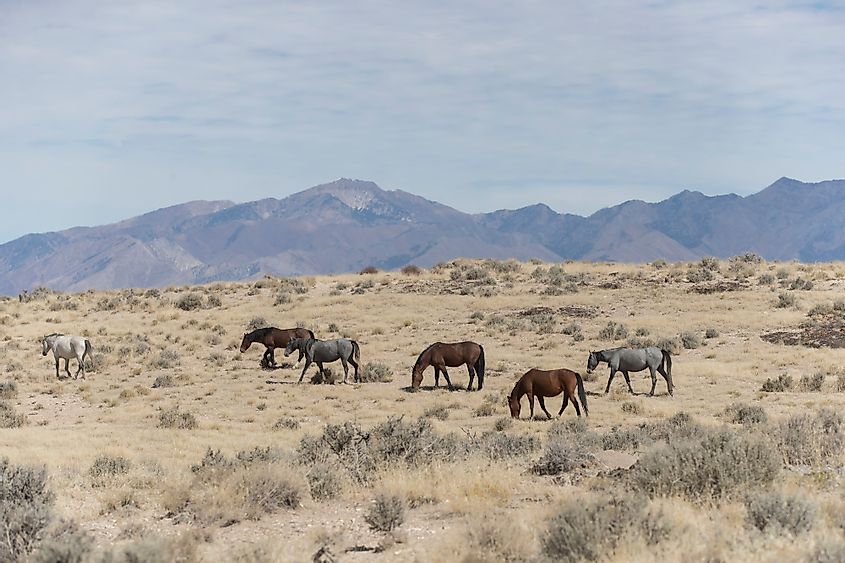
The title for largest desert located entirely within the United States goes to the Great Basin Desert, which covers around 190,000 square miles. Its boundary lies mostly within Nevada and crosses into parts of California, Idaho, Utah, and Oregon. To the West loom the Sierra Nevada Mountains, and to the East, the Wasatch/Rocky Mountains. The Snake River Plain marks the Northern boundary, and the Mojave Desert defines its Southern terminus. In the Eastern portion of the desert, visitors can tour the Great Basin National Park in the state of Nevada.
Unlike the other three deserts on this list, the Great Basin is considered a "cold" desert. Much of its minimal precipitation falls in the form of snow. This is because of the relatively high latitude and high altitude (3,000 - 6,500-feet above sea level). That being said, it is an overall temperate desert with hot summers. The extremely arid climate is formed because of the "rainshadow effect" created by the Sierra Nevada and Cascade Mountains.
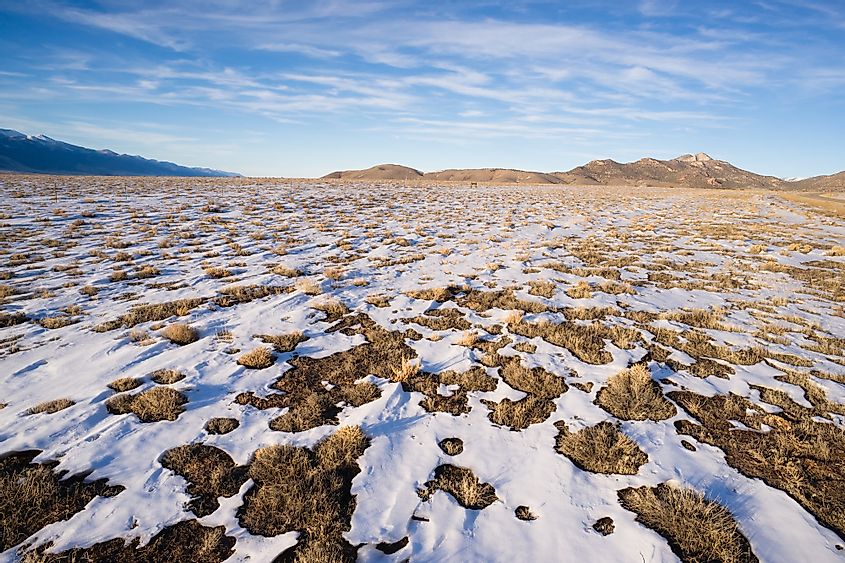
The standout species in the Great Basin Desert is the bristlecone pine. These trees are not only well-adapted to the harsh climate but also the ravages of age. They can prosper for millennia. The oldest bristlecone found in the area was about 5,000 years old.
Mojave Desert
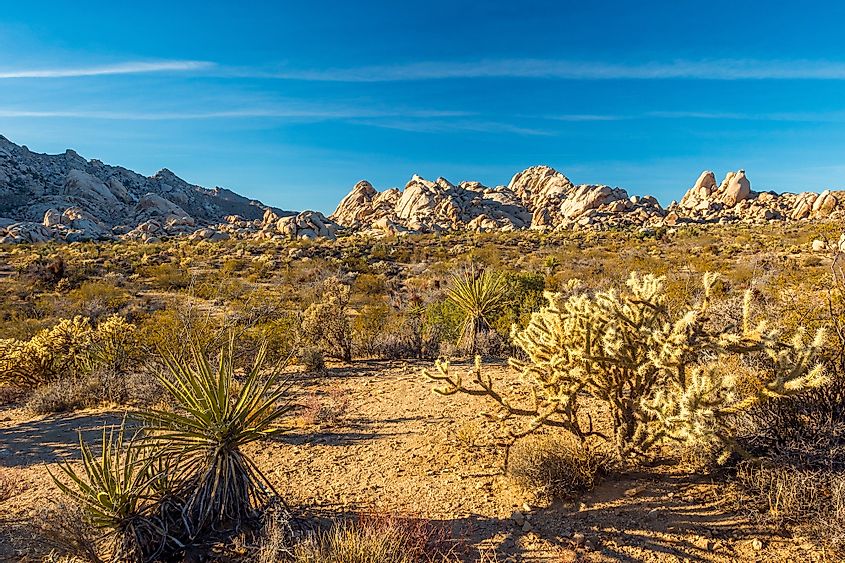
The Mojave Desert is the smallest of the four major American Deserts. However, it is still an immense and impressive sight to behold at over 20-million acres (31,250 square miles), spanning parts of California, Nevada, Utah, and Arizona. The Mojave stretches from the Sierra Nevada Range and California Montane Chaparral and Woodlands in the West, and the San Gabriel/San Bernardino Mountains in the Southwest, to the Colorado Plateau and Arizona Mountain Forests to the East. The Mojave also acts as a transition between the Great Basin Desert to the North and the Sonoran Desert to the South. This area ranges in elevation from the 11,049-foot summit of Telescope Peak in the Panamint Mountains to the lowest point in North America, the Badwater Basin in Death Valley, which sits at 282-feet below sea level. Death Valley is also the driest and hottest place on the continent, at one point recording a temperature of 134-degrees Fahrenheit.
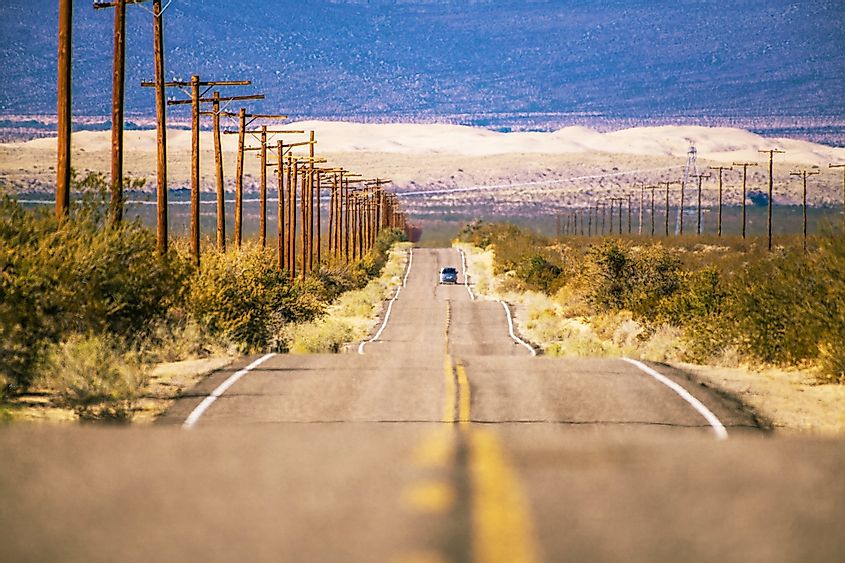
Within the Mojave's boundary, there is Death Valley National Park, Joshua Tree National Park, and the Mojave National Preserve. These federally protected sites ensure a healthy ecosystem for the wide range of plants and animals that rely on this region. The notable wildlife here includes bighorn sheep, mountain lions, black-tailed jackrabbits, desert tortoises, and the Devil's Hole pupfish, which exists nowhere else in the world. The Joshua Tree is an important indicator species of this ecosystem that also sustains the life of countless other species.
Sonoran Desert
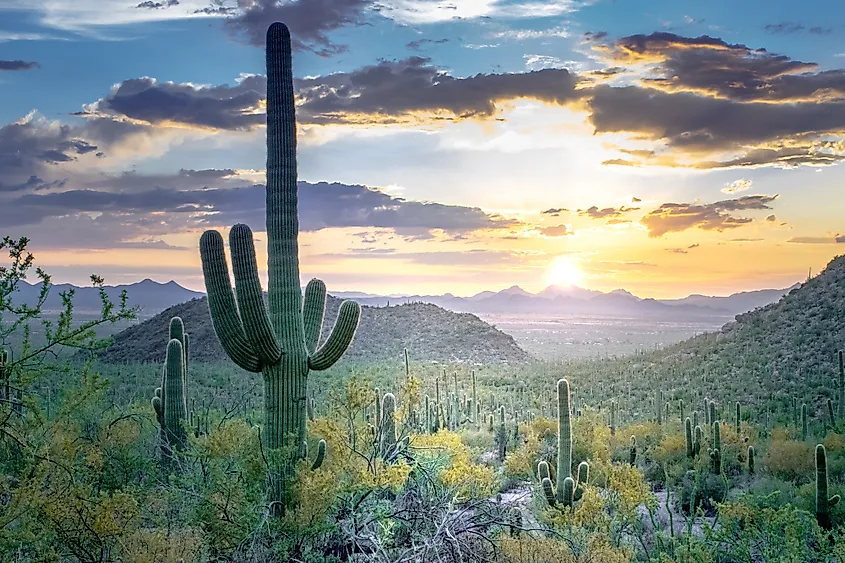
Also called the Desierto de Altar, the Sonoran Desert covers 120,000 square miles across Southwestern Arizona, Southeastern California, and portions of the Mexican states of Baja California Sur, Baja California, and Sonora. The Sonoran also includes the Colorado and Yuma deserts. Collectively, the Sonoran Desert is the most biologically diverse out of the four major US deserts. In total, there are around 100 reptiles, 2,000 native plants, including the quintessential Saguaro cacti, 60 mammals, 30 native fish, 20 amphibians, and 350 birds. The Colorado River and the Gila River flow through this region, which along with the winter and summer rains that are unique to this subtropical desert, provide the vital water sources that support so much life. That being said, the warm year-round temperatures of the Sonoran Desert have been attracting more and more residents over time. This has begun to disrupt the fragile habitat and threaten these species that are so uniquely adapted to the harsh, human-free environment.
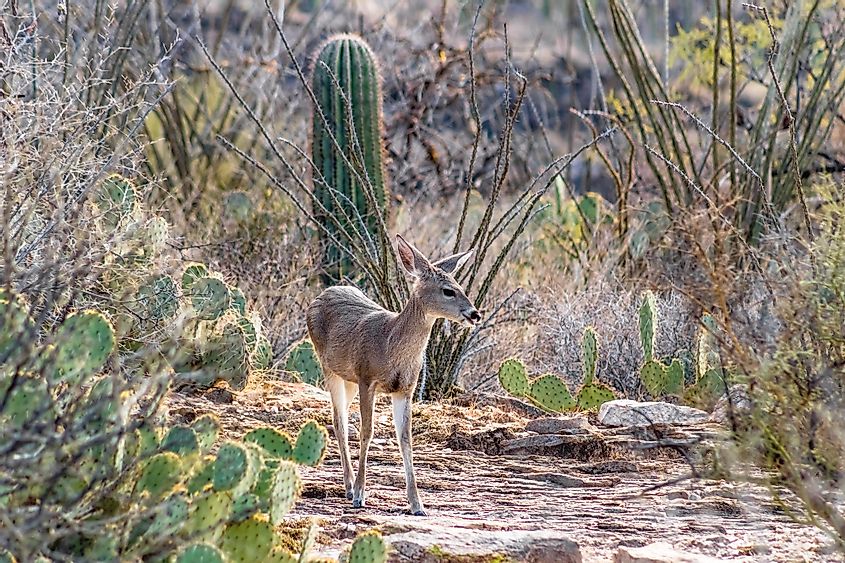
The North American Desert, comprised of the Chihuahuan, Great Basin, Mojave, and Sonoran deserts, stretches across massive portions of the Western and Southwestern United States and, in the case of the Chihuahuan and Sonoran deserts, unites large portions of the Mexican landscape. Across these state and country lines, plants, animals, and unique but extreme environments roam freely. Though they pose challenges to all life that ventures within, these deserts are still vital and beautiful ecosystems worthy of exploring and preserving for ages to come.











